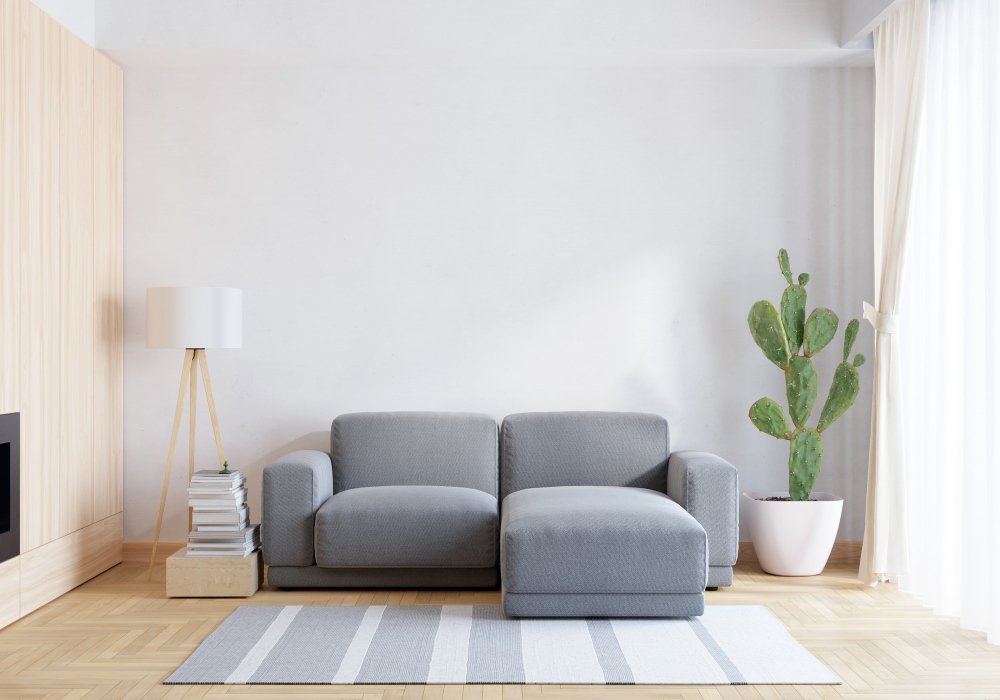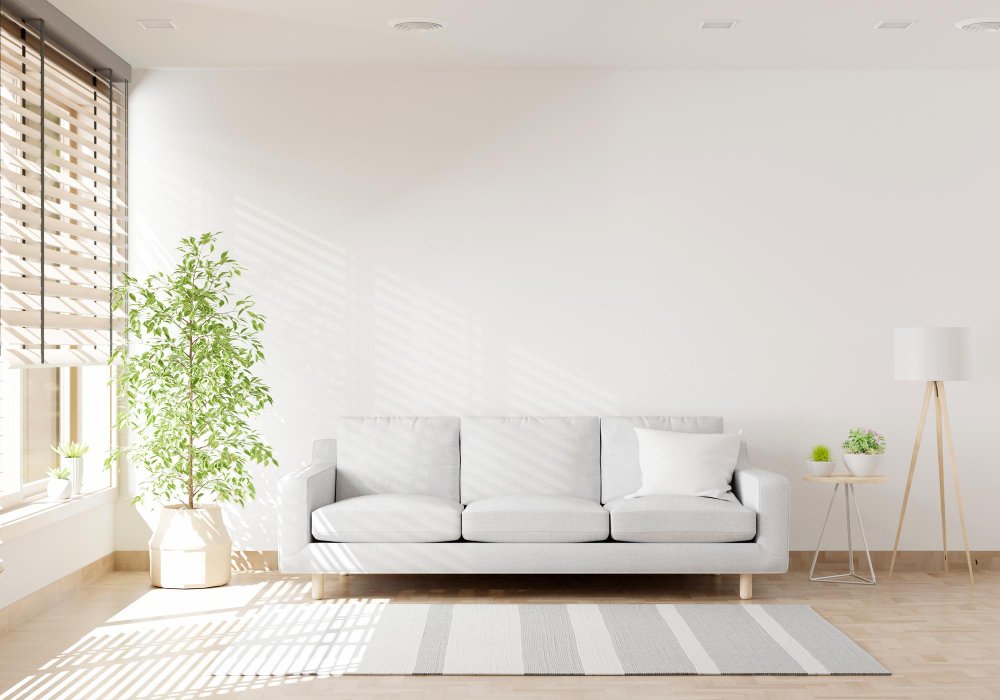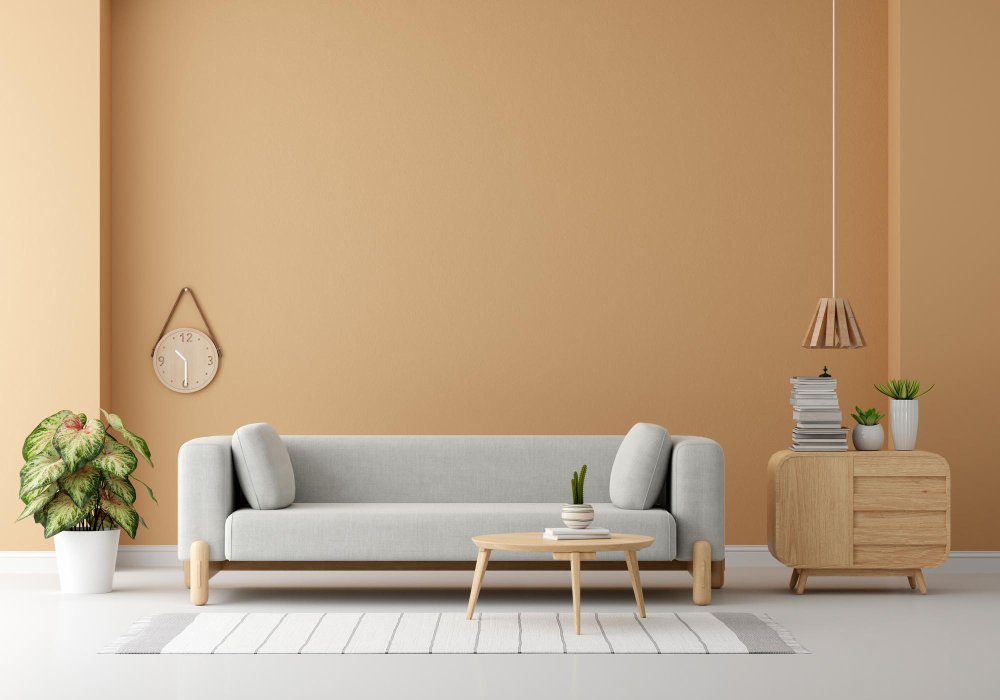When it comes to increasing your home’s functionality, comfort, and long-term market appeal, room additions are one of the most effective solutions. Done right, a custom home addition can dramatically enhance how you live — and significantly elevate your property’s resale value.
But as with any luxury home renovation, success lies in planning, not improvisation. From building permits to structural integrity and cost-benefit analysis, expanding your home is a major investment that deserves clarity and precision from day one.
Whether you’re considering a master suite addition, a sunroom extension, or a second story addition, here’s what you need to know before you break ground.
1. The Right Room Addition Starts With the Right Reason
Before committing to add-on construction, ask yourself: What am I solving for? Is it a lack of space? Poor layout flow? A desire for extra living space or added resale value?
The most common (and high-value) residential additions include:
Master suite addition: Adds privacy, resale appeal, and a luxurious retreat
Sunroom extension: Brings in light and seasonal flexibility
Second story addition: Doubles square footage without expanding the footprint
Multi-room remodels: Redefine entire wings for entertaining, in-laws, or work-from-home setups
Garage conversions: Transform unused space into guest quarters or offices
Choosing the right type of space expansion isn’t just about what’s missing — it’s about how the addition will integrate into the home’s existing architecture, function, and lifestyle value.


2. Understand the Value Behind the Square Footage
Adding more space doesn’t automatically mean adding more value — unless it’s usable, well-designed, and seamlessly integrated into the original structure.
According to recent industry data, some of the best returns on investment for home expansion projects include:
| Project Type | Average ROI (Return on Investment) |
|---|---|
| Primary suite addition | 50–60% |
| Family room expansion | 65–70% |
| Bathroom addition | 55–60% |
| Second story addition | 65–75% |
The key to maximizing a home value increase lies in premium renovation finishes, thoughtful layout planning, and high-quality craftsmanship — elements that today’s buyers and appraisers notice immediately.
3. Know the Permit & Zoning Requirements
A room addition is not a cosmetic update — it’s a structural addition, which means building permits, inspections, and zoning approvals are non-negotiable.
You’ll need to consider:
Setback limits and lot coverage rules
HOA approvals (if applicable)
Site access for contractors and materials
Foundation assessments (especially for second stories)
A qualified licensed contractor or design-build team will navigate these complexities on your behalf and ensure all work is completed to code — essential for both safety and resale.




4. Budgeting: What to Expect (and Plan For)
Luxury doesn’t have to mean unlimited. A smart upscale home remodel pairs elegance with efficiency, and that begins with budgeting.
General cost ranges for high-end room additions:
Master suite addition: $100,000–$250,000+
Second story addition: $200–$400 per sq ft
Sunroom extension: $30,000–$100,000+
Garage conversion: $25,000–$80,000+
Plan for contingency: add 10–15% to your base budget for unforeseen site issues, design upgrades, or permit delays.
Also, remember that add-on construction costs more than baseline renovations due to foundation work, framing, roofing, HVAC rerouting, and site logistics.
5. Luxury Is in the Integration
The hallmark of a successful seamless home addition is that it doesn’t look like an addition at all. A consistent floor height, matching exterior materials, aligned rooflines, and cohesive interior finishes make the new space feel original to the home.
This is where working with a seasoned renovation expert pays off. Your design team should understand how to blend old with new—visually, structurally, and mechanically—without creating jarring transitions or inefficient layouts.
Don’t wait!
Contact us now to schedule your consultation and discover how we can transform your fireplace into the warm and inviting centerpiece of your home!
6. Don’t Forget the Details
While structural planning gets the spotlight, room additions shine in their finishing touches. These include:
Integrated lighting and smart systems
Custom millwork or built-ins
Architectural transitions like archways or exposed beams
Energy-efficient windows for sustainability and comfort
A room that feels indulgent and intentional offers more than square footage—it enhances how you experience your home every day.
📣 Call to Action:
Thinking about expanding your space? Consult with a licensed professional to plan a custom home addition that adds both functionality and long-term value. The right design-build partner will help ensure your home expansion is beautiful, smart, and built to last.
